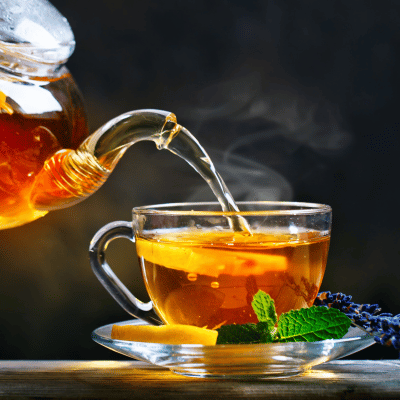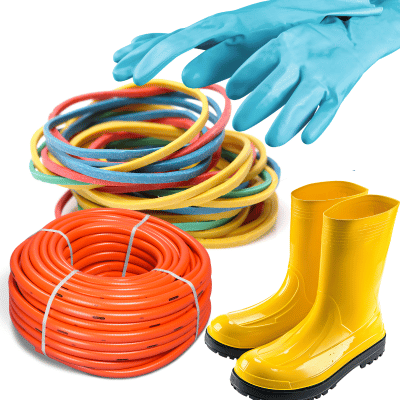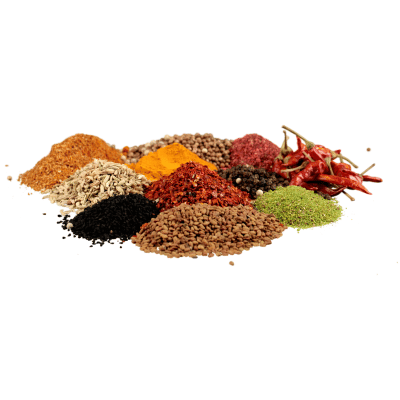The Rich Heritage of Sri Lankan Tea: A Journey Through Flavor and Quality
Sri Lanka, formerly known as Ceylon, is synonymous with high-quality tea. The island nation, nestled in the Indian Ocean, has been a pivotal player in the global tea industry for over a century. Renowned for its diverse and aromatic teas, Sri Lanka offers a rich heritage and an exceptional tea-drinking experience. Let’s explore the world of Sri Lankan tea and discover what makes it so special. A Legacy of Excellence The story of Sri Lankan tea began in the 19th century when the first tea plant was introduced to the island. Since then, Sri Lanka has evolved into one of the largest and most esteemed tea producers in the world. The country’s unique climate, fertile soil, and dedication to quality have earned it a prestigious reputation in the tea industry. Diverse Tea Regions Sri Lanka’s tea production is divided into several distinct regions, each offering a unique flavor profile. The main tea-growing areas include: 1. Nuwara Eliya: Known as the “Champagne of Ceylon Tea,” Nuwara Eliya tea is grown at high altitudes, producing light, fragrant teas with a delicate flavor. The cool climate and misty conditions contribute to its exceptional quality. 2. Uva: Uva tea is famous for its distinctively smooth, mellow flavor with a hint of natural sweetness. The region’s unique weather patterns, including dry winds and monsoons, give Uva tea its distinctive character. 3. Kandy: Located in the central part of Sri Lanka, Kandy produces mid-grown teas with a full-bodied, brisk flavor. These teas are often rich in color and strength, making them ideal for blends. 4. Ruhuna: Grown at lower elevations, Ruhuna teas are known for their robust, bold flavors and deep color. These teas are often used in strong black tea blends and are popular for their rich taste. 5. Dimbula: Dimbula teas are grown in the western slopes of the central highlands and are celebrated for their bright, lively flavor. These teas are typically well-balanced with a pleasing aroma.



